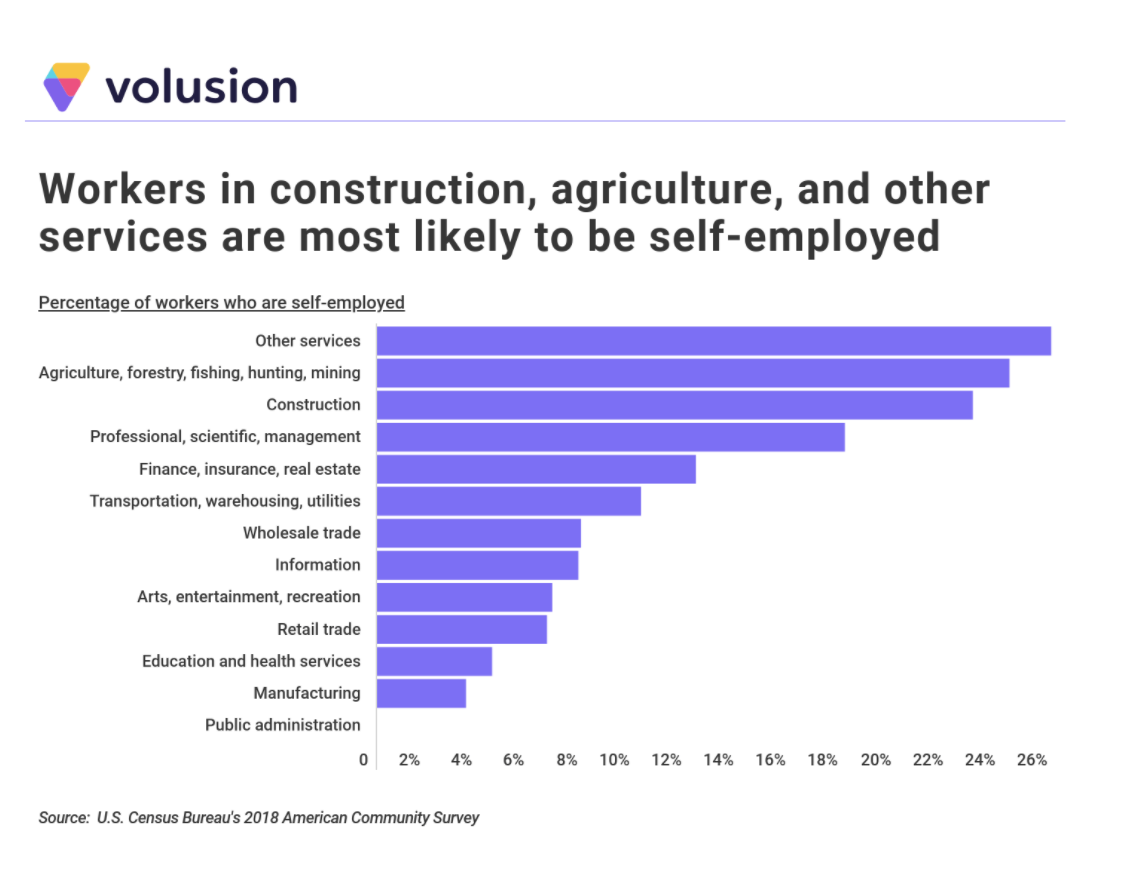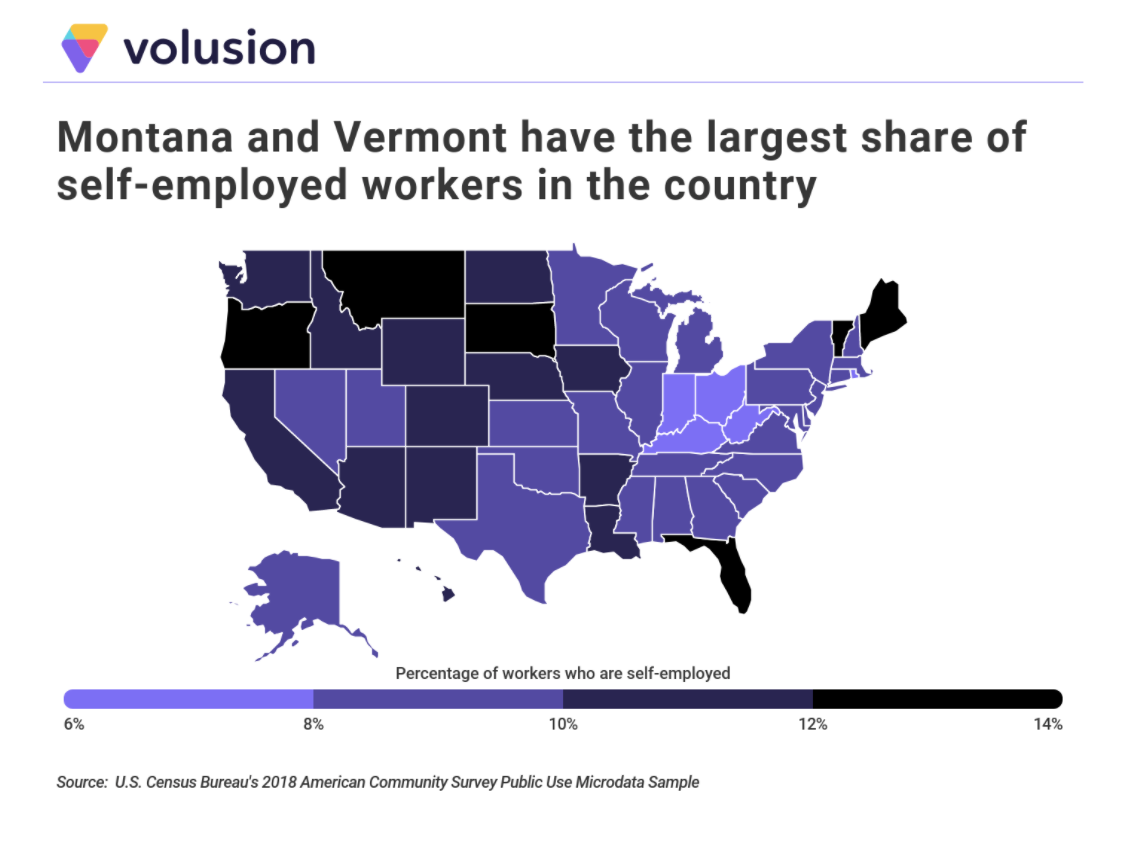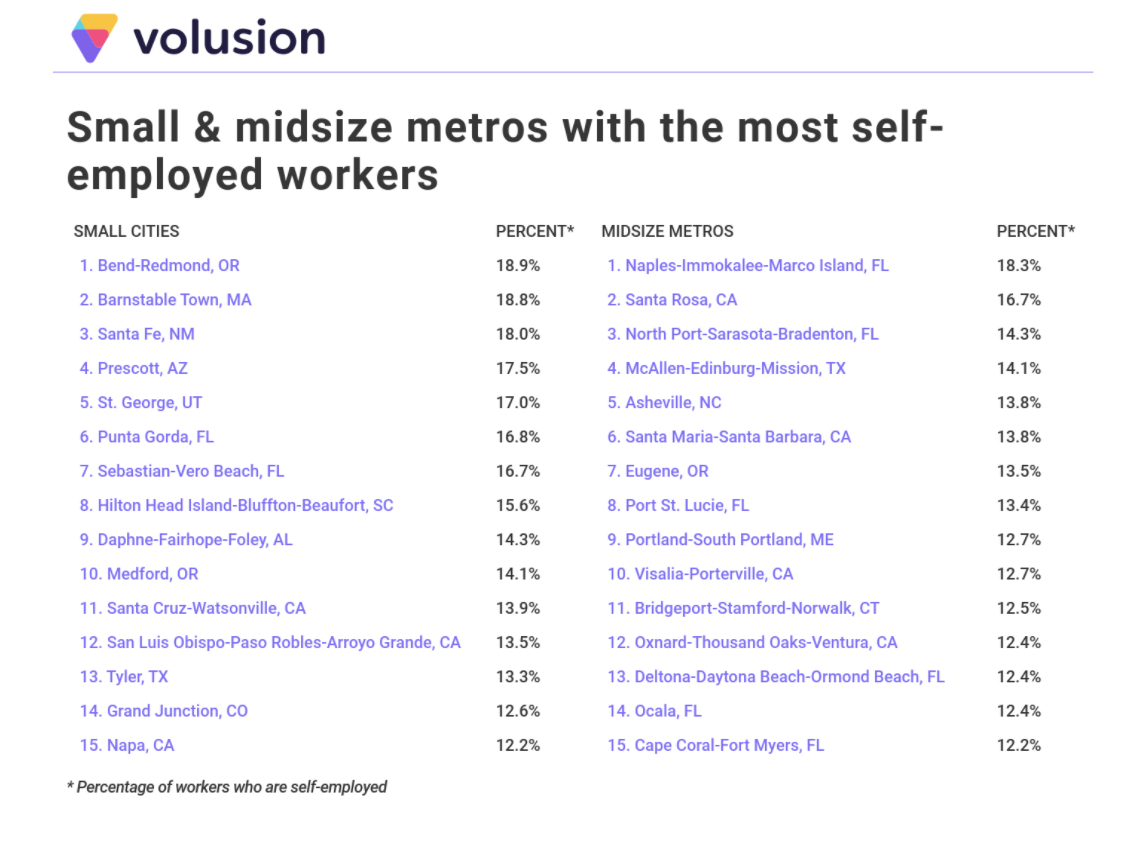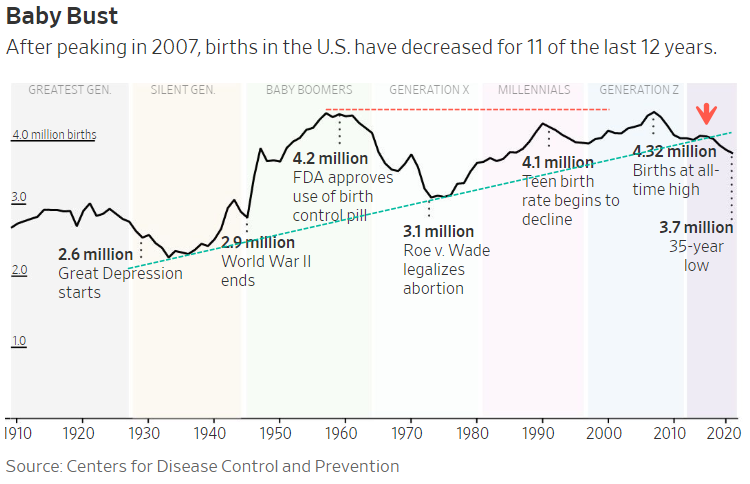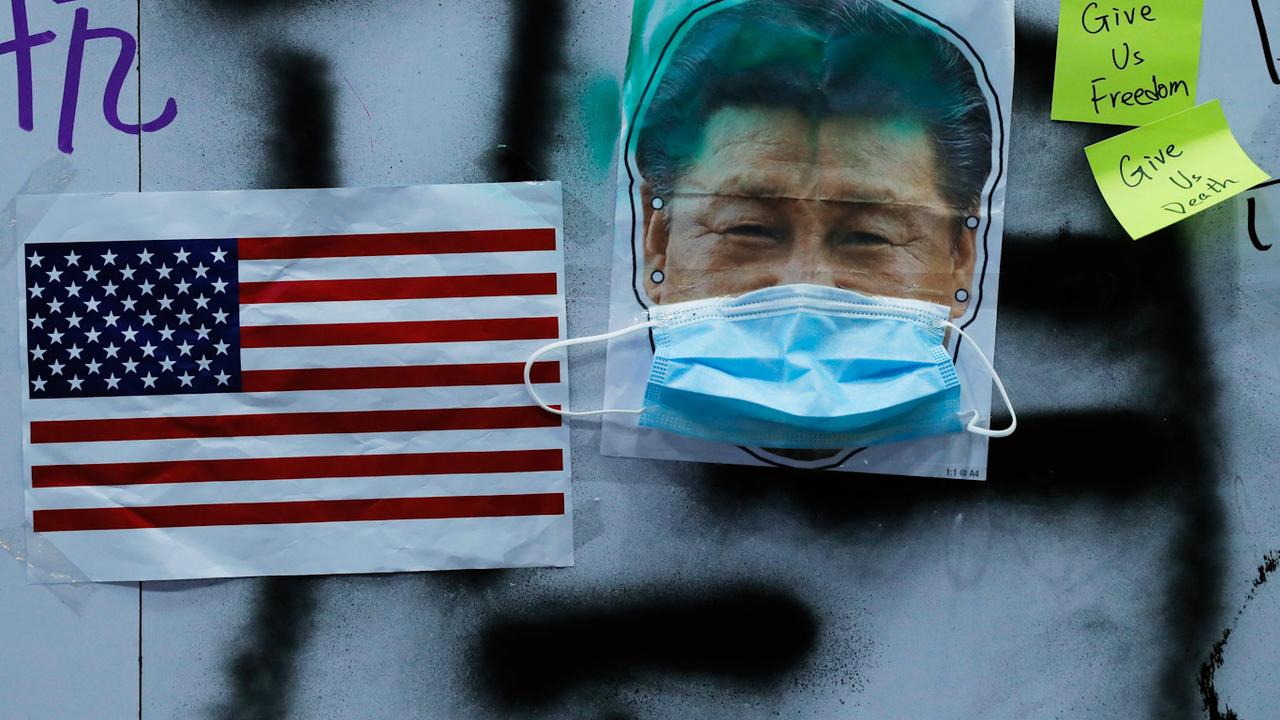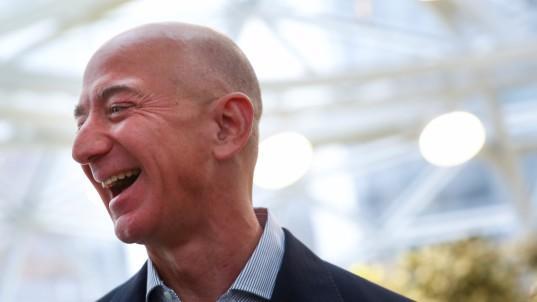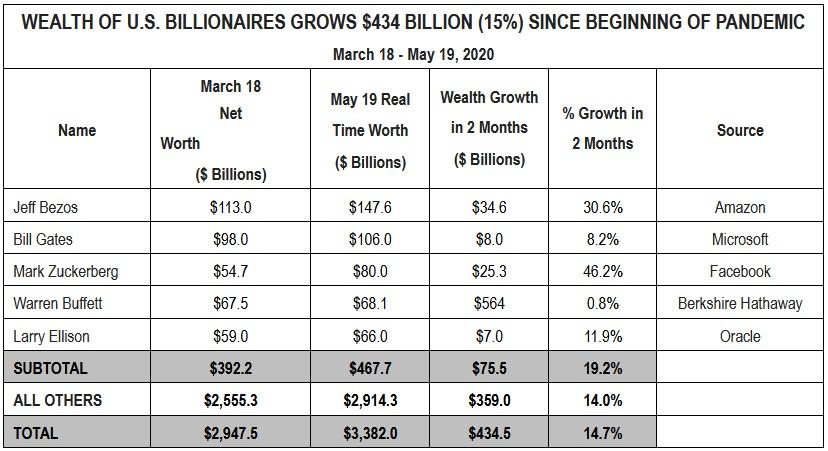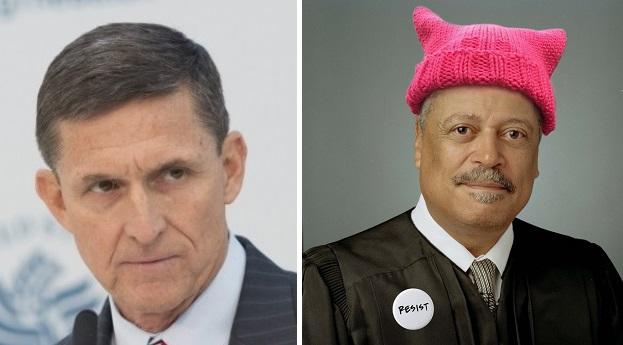From South Bay United Pentecostal Church v. Newsom, decided yesterday by Judges Barry Silverman and Jacqueline Nguyen:
This appeal challenges the district court’s denial of appellants’ motion for a temporary restraining order and order to show cause why a preliminary injunction should not issue in appellants’ challenge to the application of the State of California and County of San Diego’s stay-at-home orders to in-person religious services. Appellants have filed an emergency motion seeking injunctive relief permitting them to hold in-person religious services during the pendency of this appeal….
We conclude that appellants have not demonstrated a sufficient likelihood of success on appeal. Where state action does not “infringe upon or restrict practices because of their religious motivation” and does not “in a selective manner impose burdens only on conduct motivated by religious belief,” it does not violate the First Amendment. See Church of the Lukumi Babalu Aye, Inc. v. City of Hialeah (1993). We’re dealing here with a highly contagious and often fatal disease for which there presently is no known cure. In the words of Justice Robert Jackson, if a “[c]ourt does not temper its doctrinaire logic with a little practical wisdom, it will convert the constitutional Bill of Rights into a suicide pact.” …
Technically, the majority opinion was just considering the likelihood of success on appeal, but the majority seem to have reached the merits and decided that the appellant’s argument was substantively unsound. Judge Daniel Collins dissented, also reaching the merits:
I conclude that Plaintiffs have established a very strong likelihood of success on the merits of their Free Exercise claim….
As a threshold matter, the State contends that, in light of the ongoing pandemic, the constitutional standards that would normally govern our review of a Free Exercise claim should not be applied. “Although the Constitution is not suspended during a state of emergency,” the State tells us, “constitutional rights may be reasonably restricted ‘as the safety of the general public may demand'” (quoting Jacobson v. Massachusetts (1905))…. As the State sees it, there is no “reason why Jacobson would not extend to the First Amendment and other constitutional provisions” (emphasis added).
I am unable to agree with this argument, which seems to me to be fundamentally inconsistent with our constitutional order. Cf. Sterling v. Constantin (1932) (“If this extreme position could be deemed to be well taken, it is manifest that the fiat of a state Governor, and not the Constitution of the United States, would be the supreme law of the land; that the restrictions of the Federal Constitution upon the exercise of state power would be but impotent phrases[.]”)…. Nothing in Jacobson supports the view that an emergency displaces normal constitutional standards. Rather, Jacobson provides that an emergency may justify temporary constraints within those standards…. Jacobson merely rejected what we would now call a “substantive due process” challenge to a compulsory vaccination requirement, holding that such a mandate “was within the State’s police power.” Jacobson‘s deferential standard of review is appropriate in that limited context. It might have been relevant here if Plaintiffs were asserting a comparable substantive due process claim, but they are not.
Instead, Plaintiffs assert a claim under the Free Exercise Clause, whose standards are well-established …. Jacobson had no occasion to address a Free Exercise claim, because none was presented there…. Consequently, Jacobson says nothing about what standards would apply to a claim that an emergency measure violates some other, enumerated constitutional right; on the contrary, Jacobson explicitly states that other constitutional limitations may continue to constrain government conduct. See 197 U.S. at 25 (emergency public health powers of the State remain subject “to the condition that no rule … shall contravene the Constitution of the United States, nor infringe any right granted or secured by that instrument”)….
{Notably, the State does not cite or rely upon the circuit court decision that most directly supports its reading of Jacobson, which is In re Abbott (5th Cir. 2020). For the reasons stated, I am unable to agree with the Fifth Circuit’s conclusion that “Jacobson instructs that all constitutional rights may be reasonably restricted to combat a public health emergency.”}
In addressing a Free Exercise claim under Lukumi, the first question is whether the challenged restriction is one “that is neutral and of general applicability.” … [W]here a regulation’s operative language restricts conduct by explicit reference to the conduct’s religious character, it is not facially neutral. Because the restrictions at issue here explicitly “reference … religious practice, conduct, belief, or motivation,” they are not “facially neutral.”
In framing its restrictions in response to the pandemic, California did not purport simply to proscribe specific forms of underlying physical conduct that it identified as dangerous, such as failing to maintain social distancing or having an excessive number of persons within an enclosed space. Instead, Executive Order N-33-20 presumptively prohibited California residents from leaving their homes for any reason, except to the extent that an exception to that order granted back the freedom to conduct particular activities or to travel back and forth to such activities. In announcing its Reopening Plan, the State has adopted a phased approach that will progressively add more and more exceptions to the baseline stay-at-home prohibition by designating additional specific categories of activities that, in the State’s judgment, do not present an undue risk to public health.
As set forth by the State, the four-stage Reopening Plan assigns “retail (curbside only), manufacturing & logistics” to the initial portion of “Phase 2,” and in-store retail, “child care, offices & limited hospitality, [and] personal services” to a later portion of Phase 2. (On May 20, 2020, San Diego County was given approval to begin this later portion of Phase 2; it aims to promptly reopen both dine-in restaurants and in-store retail businesses.) By contrast, “religious services” are explicitly assigned to a “Stage 3” that also includes “movie theaters” and other “personal & hospitality services.” All reopenings under the Plan are subject to detailed, activity-by-activity State guidance that sets forth the specific actions that each activity (such as “manufacturing” or “warehousing facilities”) must take (e.g., use of face coverings, social distancing, sanitation, and employee training) in order to reopen, and to stay open.
By explicitly and categorically assigning all in-person “religious services” to a future Phase 3—without any express regard to the number of attendees, the size of the space, or the safety protocols followed in such services—the State’s Reopening Plan undeniably “discriminate[s] on its face” against “religious conduct.” Although the State insists that it has not acted out of antipathy towards religion, the “constitutional benchmark is ‘government neutrality,’ not ‘government avoidance of bigotry.'” Because the Reopening Plan, on its face, is not neutral, it is subject to strict scrutiny….
Even if the Reopening Plan were not facially discriminatory, it would still fail Lukumi‘s additional requirement that the restrictions be “of general applicability.”
Under California’s approach—in which an individual can leave the home only for the enumerated purposes specified by the State—these categories of authorized activities provide the operative rules that govern one’s conduct. While the resulting highly reticulated patchwork of designated activities and accompanying guidelines may make sense from a public health standpoint, there is no denying that this amalgam of rules is the very antithesis of a “generally applicable” prohibition.
The State is continually making judgments, at the margins, to decide what additional activities its residents may and may not engage in, and thus far, “religious services” have not made the cut. I am at a loss to understand how the State’s current maze of regulations can be deemed “generally applicable.” … “At some point, an exception-ridden policy takes on the appearance and reality of a system of individualized exemptions, the antithesis of a neutral and generally applicable policy.” …
The State contends that its plan is generally applicable because it assertedly classifies activities neutrally, in accordance with the State’s sense of their perceived risk. But that is not how the Reopening Plan works. Warehousing and manufacturing facilities are categorically permitted to open, so long as they follow specified guidelines. But in-person “religious services”—merely because they are “religious services”—are categorically not permitted to take place even if they follow the same guidelines. This is, by definition, not a generally applicable regulation of underlying physical conduct….
[T]he Reopening Plan’s treatment of religious services [does not satisfy] strict scrutiny…. The State’s undeniably compelling interest in public health “could be achieved by narrower [regulations] that burdened religion to a far lesser degree.” As Plaintiffs have reiterated throughout these proceedings, they will “comply[] with every single guideline that other businesses are required to comply with.” In their papers in the district court, Plaintiffs provided a list illustrating the range of measures they are ready and willing to implement on reopening, including spacing out the Church’s seating, requiring congregants to wear face coverings, prohibiting the congregation from singing, and banning hugging, handshakes, and hand-holding. By regulating the specific underlying risk-creating behaviors, rather than banning the particular religious setting within which they occur, the State could achieve its ends in a manner that is the “least restrictive way of dealing with the problem at hand.”
The State’s only response on the narrow-tailoring point is to insist that there is too much risk that congregants will not follow these rules. But as the Sixth Circuit recently explained in Roberts v. Neace, the State’s position on this score illogically assumes that the very same people who cannot be trusted to follow the rules at their place of worship can be trusted to do so at their workplace: the State cannot “assume the worst when people go to worship but assume the best when people go to work or go about the rest of their daily lives in permitted social settings.” …

from Latest – Reason.com https://ift.tt/3bZROIW
via IFTTT

